
Clive Head in his studio
Inspired by everyday moments, British artist Clive Head captures the often dizzying urban environment in his multi-perspective oil paintings. From hurried commuters on public transport to busy coffee shops, each painting features fractured layers that suggest movements through space and time.
Throughout Head’s lengthy career, his style has evolved from traditional realist works to that of his current large-scale, math-inspired compositions. Like a cross between multiple-exposure photography and Cubism, Head’s most recent paintings feature complex shapes and various vantage points to depict multi-dimensional scenes. He explains, “I reject modernist fragmentation and instead seek a seamless surface, so the viewer can move around a unified space.”
Although Head’s paintings depict moments from everyday life, the results are anything but ordinary. Viewers could spend hours studying every corner of Head’s canvases, finding new pieces of information each time. “I’m not trying to tell stories, but make a painting that generates all kinds of narratives,” he reveals. “When every part of the painting can be read in a multiplicity of ways, after all, there are always multiple images; the possibility for different meanings becomes infinite.”
You can see more from Head’s portfolio on his website.
British artist Clive Head captures the often dizzying urban environment in his multi-perspective oil paintings.
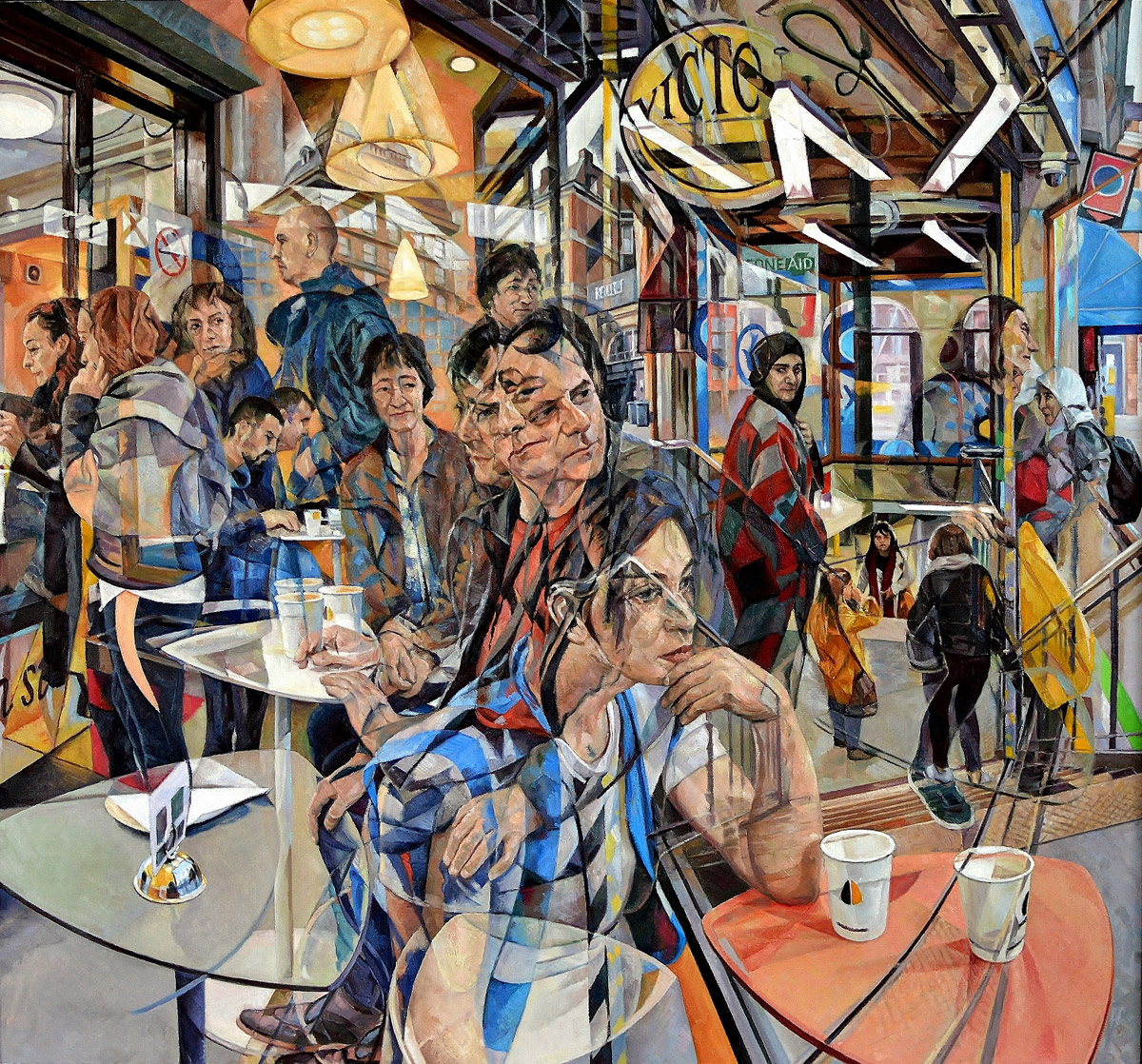
“Calder’s Ascension,” 2017

“Cygnes Gris,” 2018
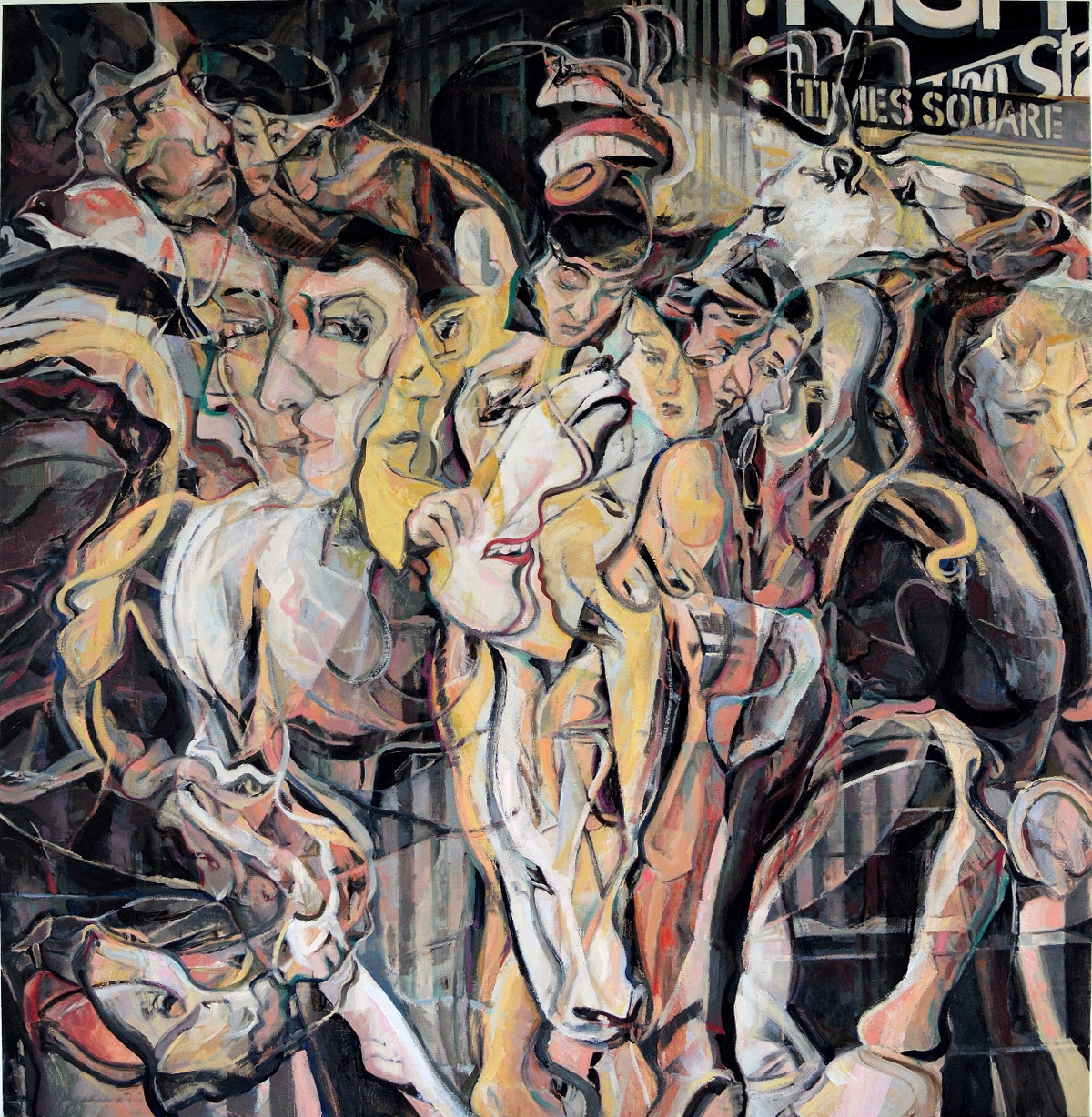
“Pearly White,” 2018
Each painting features fractured layers that suggest movements through space and time.
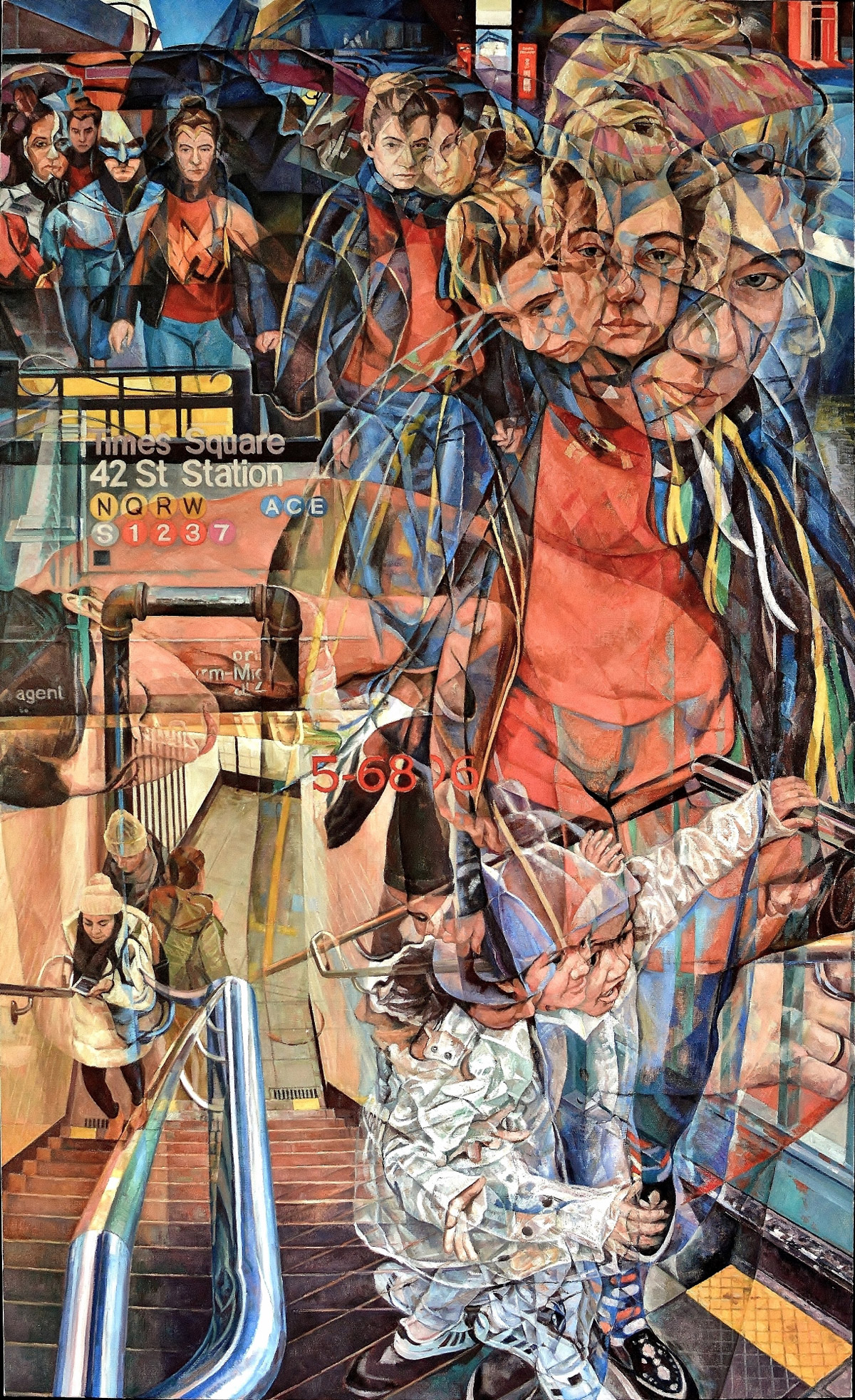
“Wonder Woman,” 2018
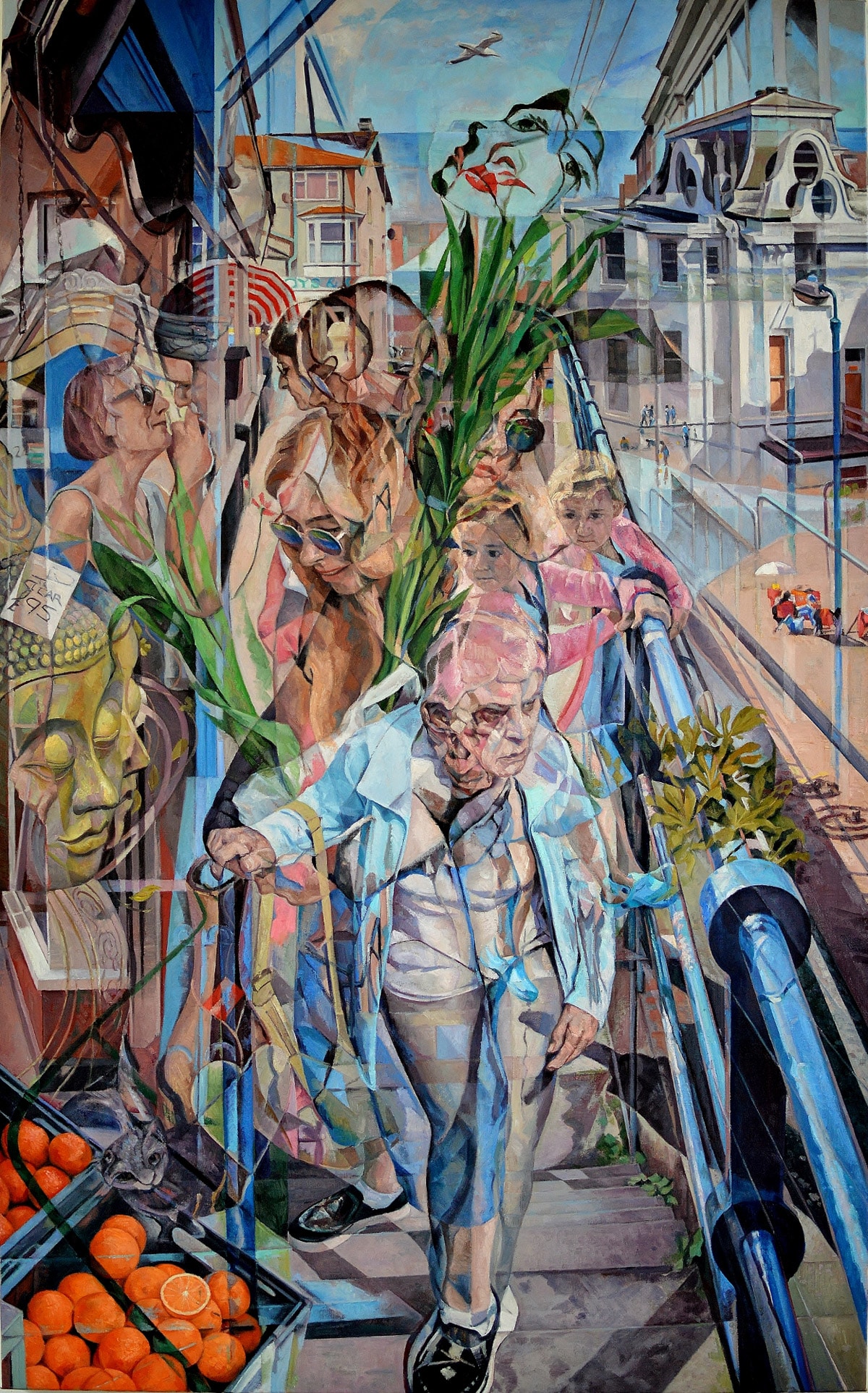
“Lucifer Rising,” 2018
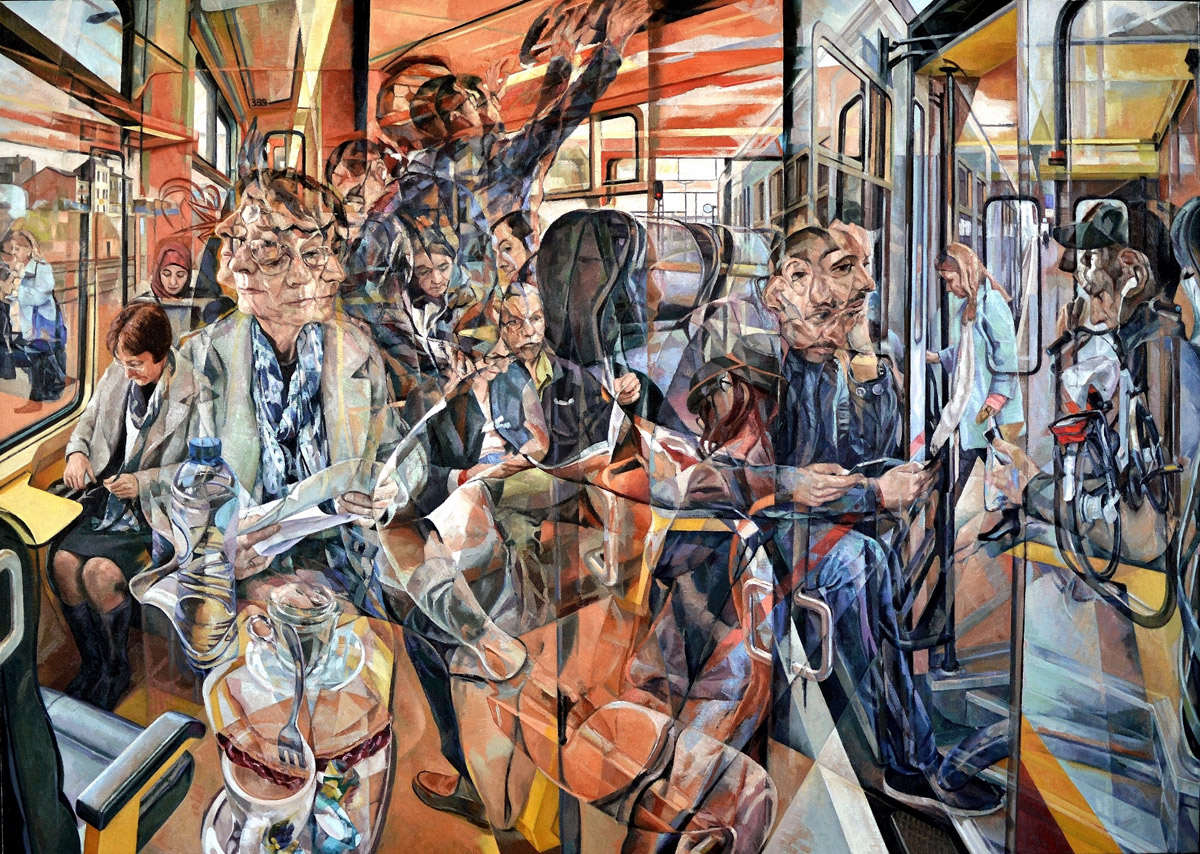
“The Cherry Train,” 2017
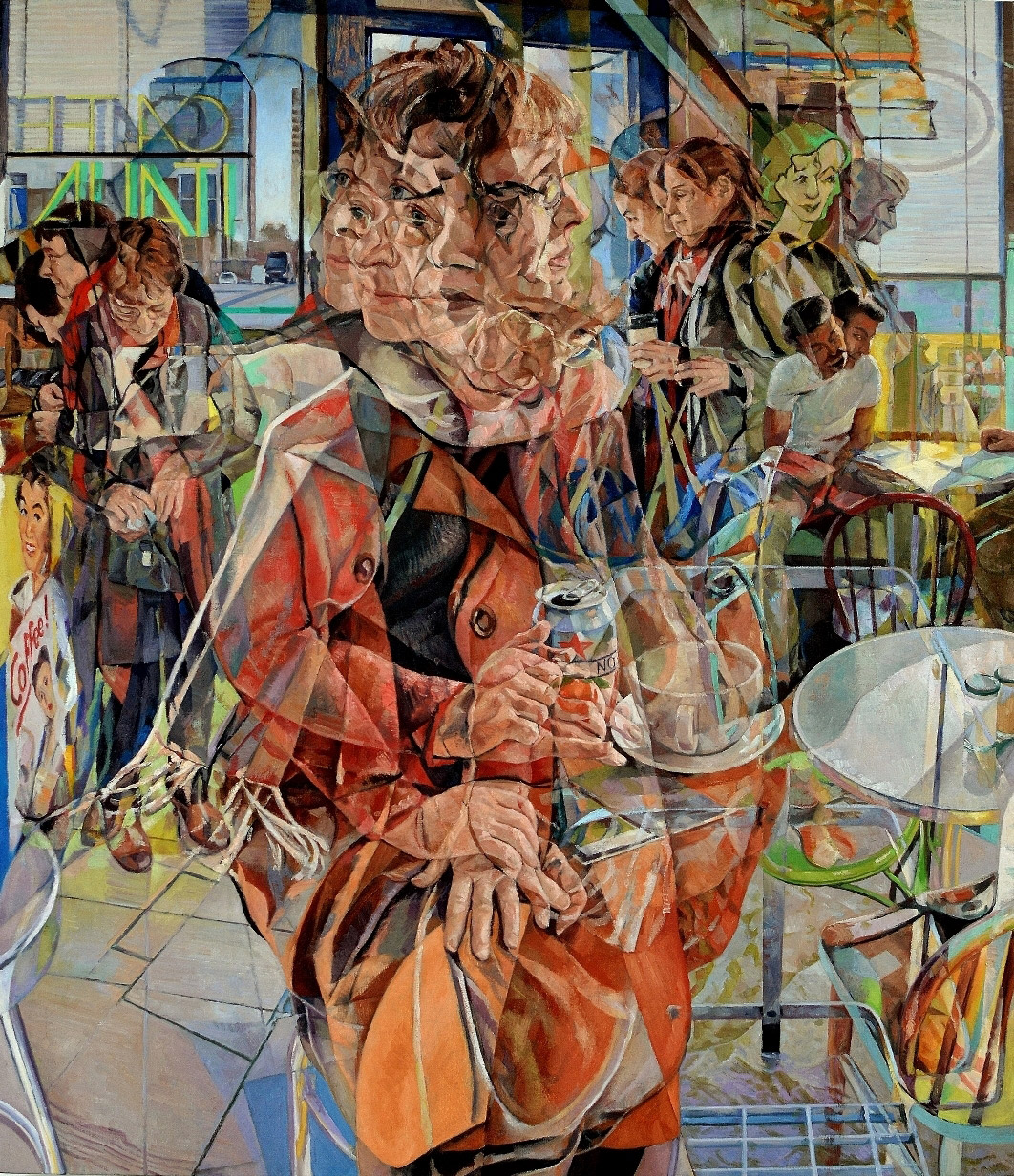
“Flee to Banbury X,” 2017

“L’Apres-midi d’une Femme,” 2017
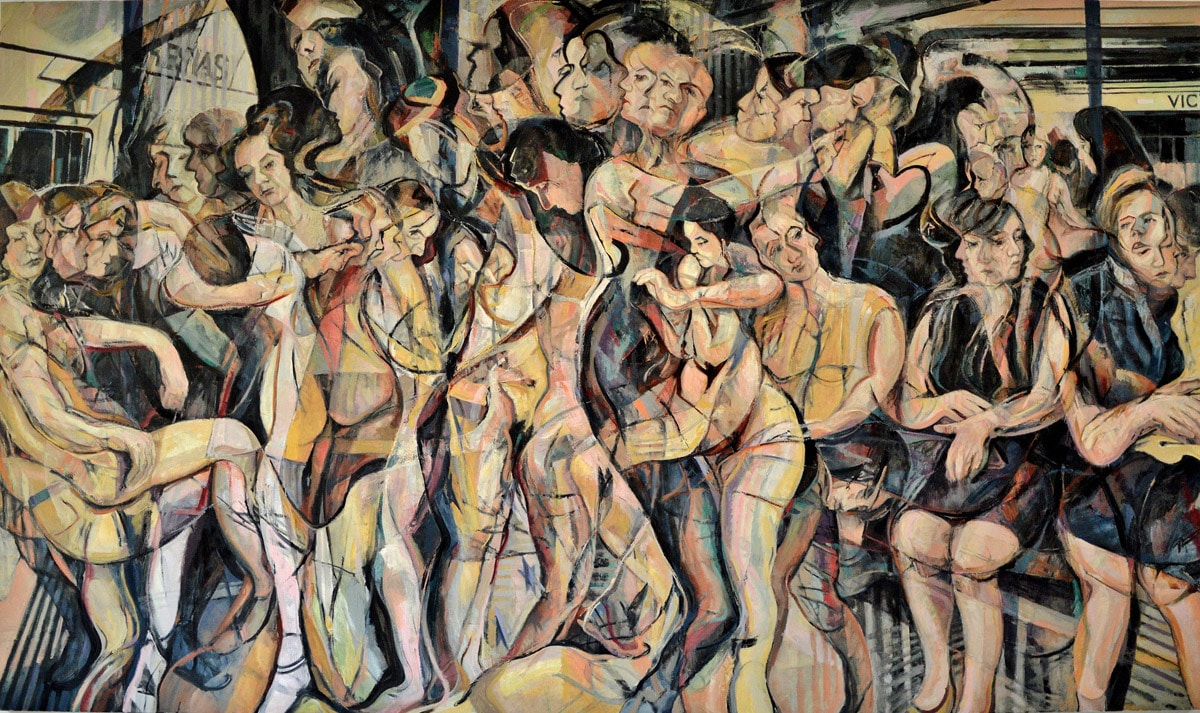
“Blue Pole Dance, The English Way,” 2018
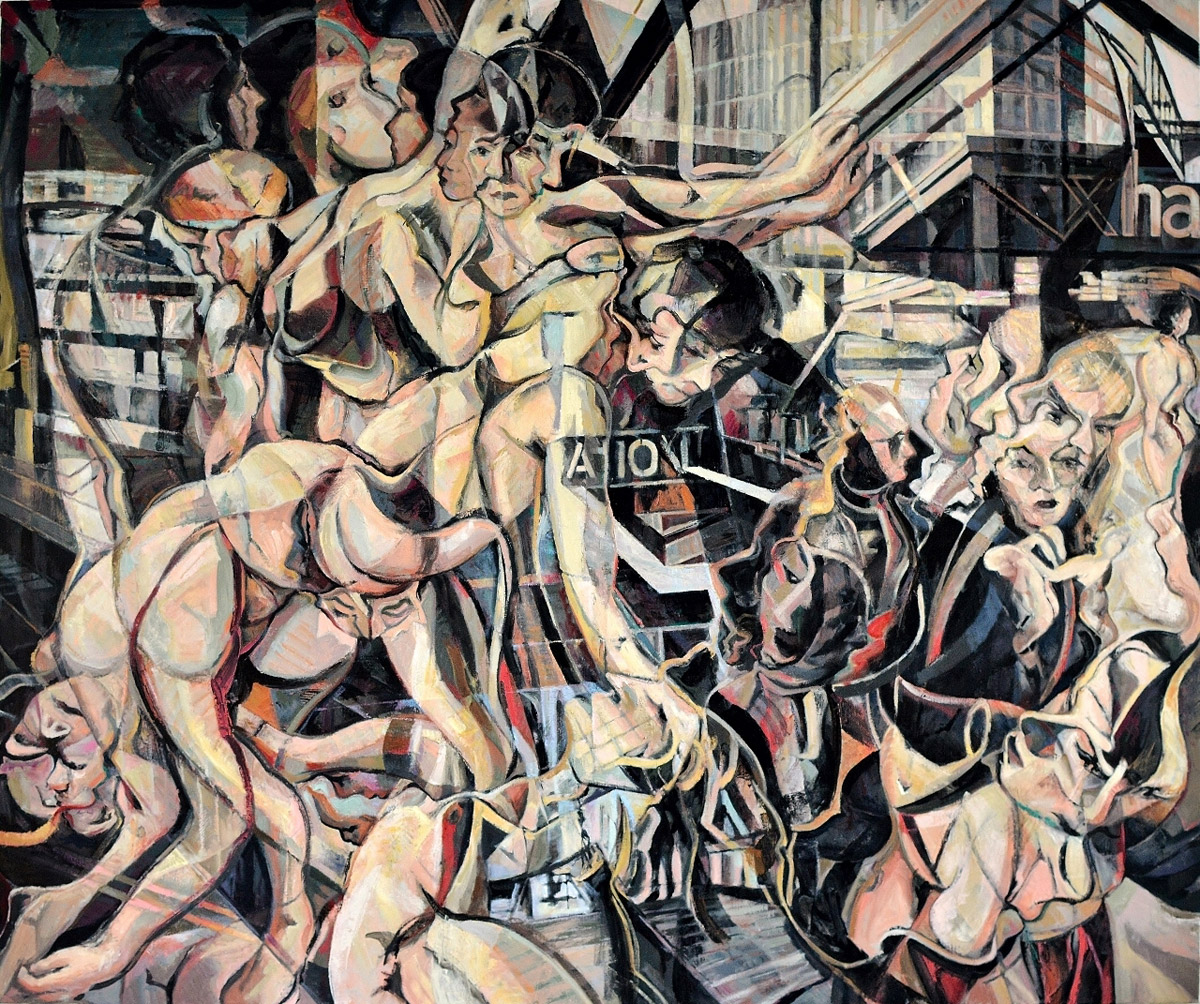
“The King is Dead, Long Live the King,” 2018
Clive Head: Website | Facebook | Instagram
My Modern Met granted permission to use photos by Clive Head.
Related Articles:
Cubism: How Picasso and Others Broke From Tradition to Transform Modern Art
Street Artist’s “Neo Post Cubism” Graffiti Combines Cubism with Realism
8 Facts About Picasso‘s Groundbreaking Painting ‘Les Demoiselles d‘Avignon‘
9 Abstract Artists Who Changed the Way We Look at Painting
How Abstract Photography Has Evolved and Still Continues to Inspire Art
